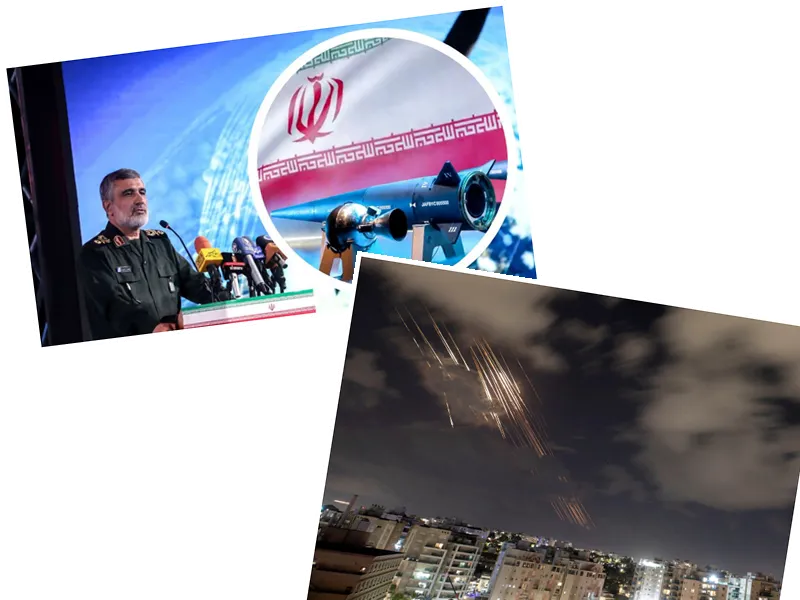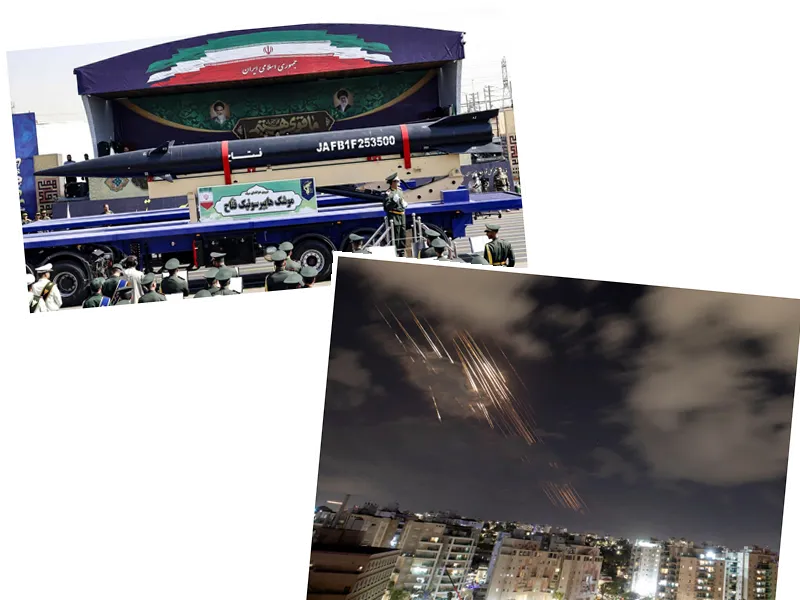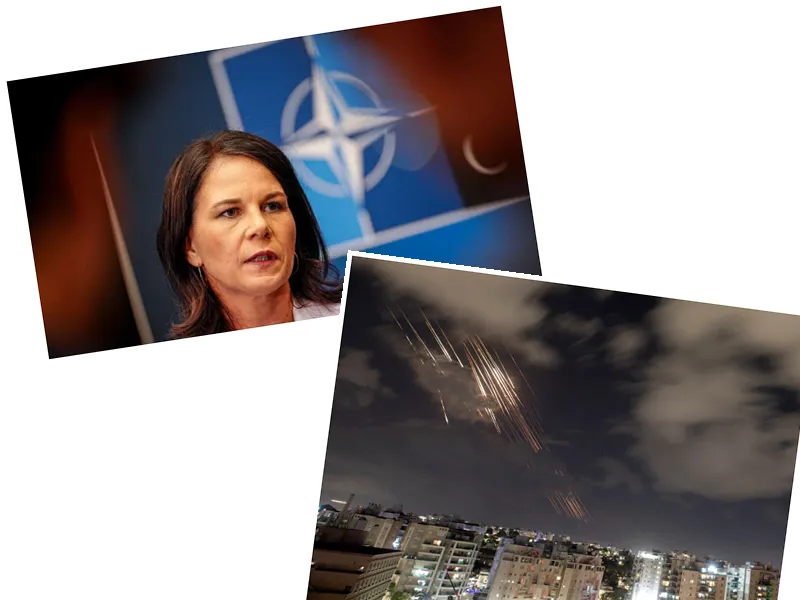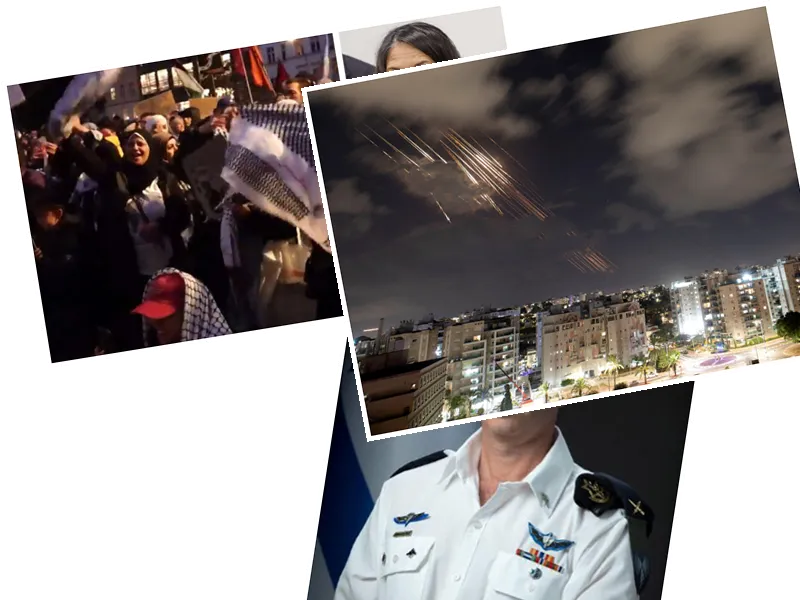Iran's Hypersonic Missile Attack on Israel: A Game Changer in Warfare
On October 1, 2024, Iran launched a significant missile attack on Israel, reportedly using its advanced hypersonic missile, the Fatah-1. This missile, which was introduced only 15 months prior, is designed to evade detection by modern defense systems, including Israel's Iron Dome. The Iranian Revolutionary Guards confirmed that they successfully breached Israeli air defenses, marking a pivotal moment in regional military dynamics.
The attack was a response to the recent killings of prominent figures in the Iranian sphere, including Hamas's foreign chief and a high-ranking Iranian general. Despite the scale of the attack, initial reports indicated that there were no casualties or significant damage, although several missiles targeted key locations such as airfields and intelligence centers in Israel.
The Iron Dome: Israel's Shield Against Missile Attacks
The Iron Dome is Israel's premier missile defense system, developed with substantial financial support from the United States. It has been operational since 2011 and is designed to intercept short-range threats, including rockets and drones, within a range of 4 to 70 kilometers. The system employs a sophisticated radar and tracking technology to evaluate incoming threats and decide whether to intercept them, ensuring the safety of populated areas.
During the recent attack, the Iron Dome was activated, and images of interceptor missiles lighting up the sky were widely shared on social media. The system's automated response allows for rapid interception, aiming to detonate incoming threats before they can cause harm.
The Evolution of Iran's Missile Capabilities
Iran has rapidly advanced its missile technology, claiming to possess one of the largest arsenals in the Middle East. The Fatah-1 hypersonic missile is said to travel at speeds of up to 18,500 kilometers per hour and has a range of 1,400 kilometers, making it a formidable challenge for existing defense systems. This development raises concerns over regional security and the potential for escalated military confrontations.
As tensions continue to rise, the international community watches closely, particularly given the implications of Iran's missile capabilities, which could potentially include nuclear warheads. The ongoing conflict underscores the need for robust diplomatic efforts to mitigate risks and foster stability in the region.





